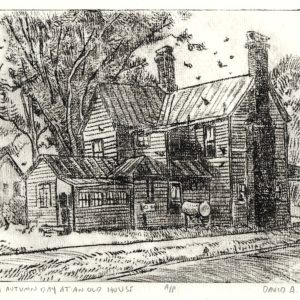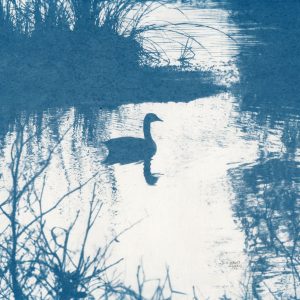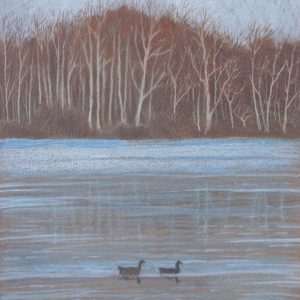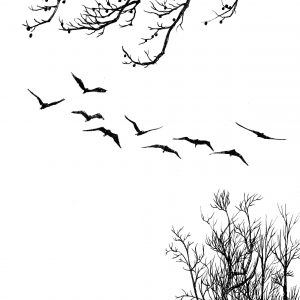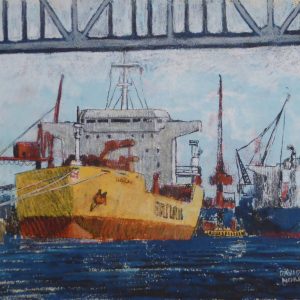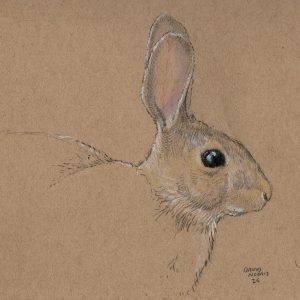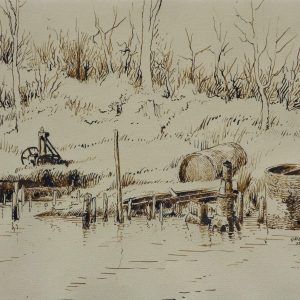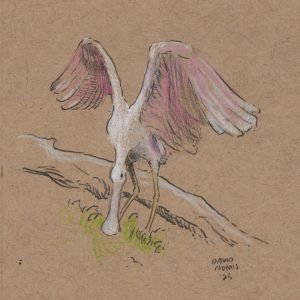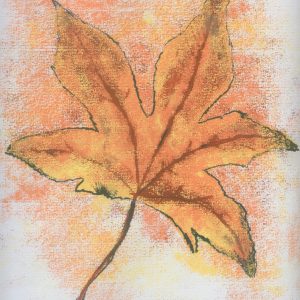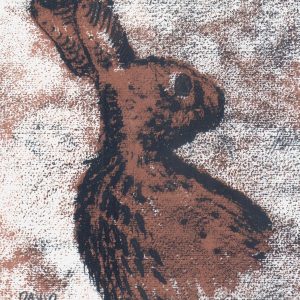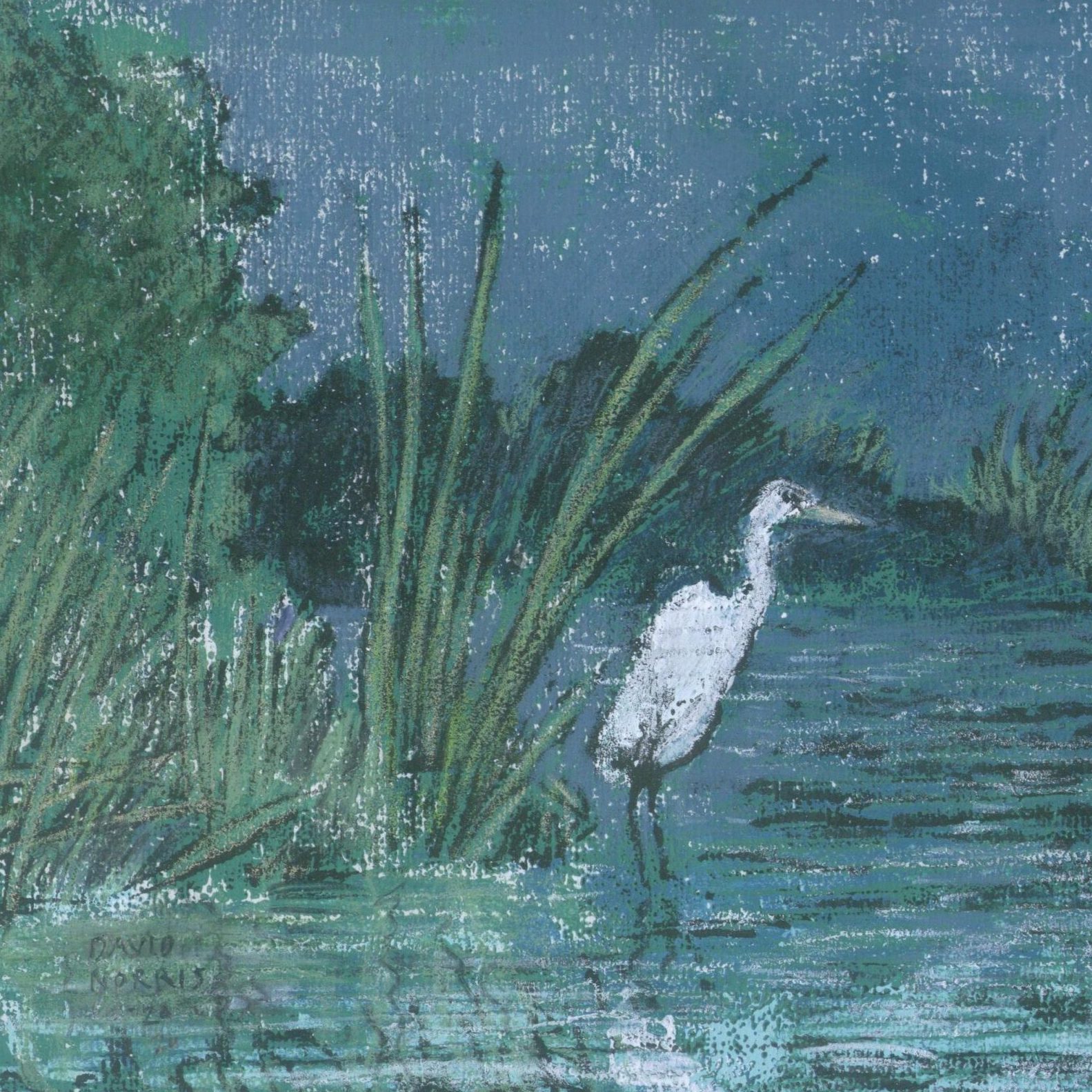Wilmington artist David A. Norris has a BFA degree from the East Carolina University School of Art. Long settled in the Port City, he finds that the historic atmosphere of Wilmington and the natural beauty of the Cape Fear River and the coast provide limitless sources of artistic inspiration.
Most of David’s work reflects the landscapes of the places where he has lived or visited. Through his interest in art history, his work has absorbed influences such as English watercolors, 19th century engravings, Japanese woodblock prints, Dutch Baroque landscapes, and Van Gogh’s reed pen drawings.
David has recently been working with oil paints, adding new locally inspired oils to his long-standing series of regional cityscapes and landscapes done in watercolor and pen and ink. He also works in other media ranging from photography to black and white pen & ink drawings, monoprints, dry point prints, silverpoint, scratchboard, linoleum block prints, cyanotype prints, and collage.
About the Monoprint Process
Monoprinting is a process by which the artist creates prints, but only as single, unique copies.
One variation, the “plexiglass print”, begins with a thin layer of block print ink rolled by a brayer onto a sheet of plexiglass or other firm, smooth material. The artist lightly places a sheet of paper face down on the glass. A guide sketch can be taped to the back of the sheet. Wherever the artist traces a line of the sketch — by pen, pencil, or even a fingertip — the pressure transfers a mark to the printing paper. When done, the paper is carefully pulled from the plexiglass and allowed to dry, leaving the new print.
The new monoprint can stay “as is”, or the artist can continue printing additional colors of ink onto the sheet. It is also possible to embellish the print by hand. The thick printmaking ink, when dried, makes a rich surface for color pencil or other drawing media.

